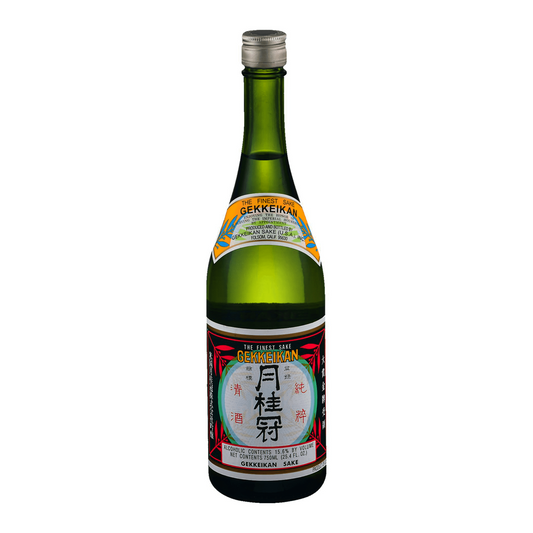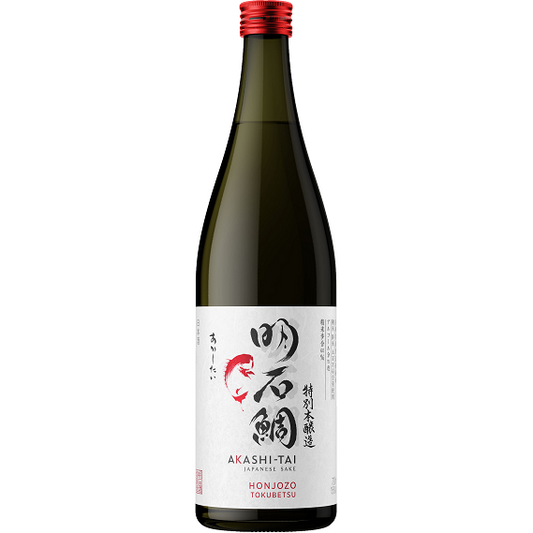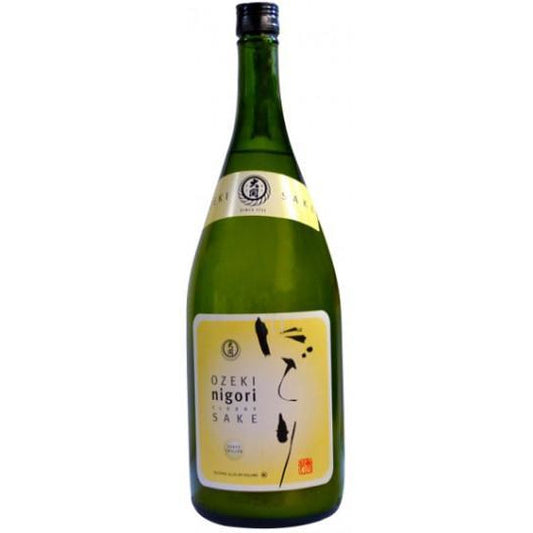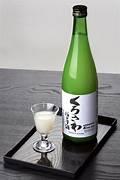Featured collection
-
GEKKEIKAN SAKE 750ML
Regular price $12.99 USDRegular priceUnit price per$0.00 USDSale price $12.99 USD -
AKASHI TAI HONJOZO 720
Regular price $29.99 USDRegular priceUnit price per$0.00 USDSale price $29.99 USD -
OZEKI NIGORI SAKE 1.5L
Regular price $19.95 USDRegular priceUnit price per$0.00 USDSale price $19.95 USD -
Sold out
OTOKOYAMA SAKE 720ML
Regular price $29.99 USDRegular priceUnit price per$0.00 USDSale price $29.99 USDSold out -
WALMAE MAKKOLI SPARKLING WINE
Regular price $11.99 USDRegular priceUnit price per$0.00 USDSale price $11.99 USD -
BOHAE BOKBUNJAJOO 375ML
Regular price $11.95 USDRegular priceUnit price per$0.00 USDSale price $11.95 USD -
DASSAI 39 JUNMAI DAIGINJO SAK
Regular price $49.95 USDRegular priceUnit price per$0.00 USDSale price $49.95 USD -
DASSAI 45 JUNMAI DAIGINJO SAKE
Regular price $14.95 USDRegular priceUnit price per$0.00 USDSale price $14.95 USD -
DASSAI 45 JUNMAI DAIGINJO SAK
Regular price $34.99 USDRegular priceUnit price per$0.00 USDSale price $34.99 USD -
DASSAI 45 NIGORI JUNMAI DAIGIN
Regular price $34.99 USDRegular priceUnit price per$0.00 USDSale price $34.99 USD -
Isojiman JUNMAI daiGINJO sake
Regular price $89.99 USDRegular priceUnit price per$0.00 USDSale price $89.99 USD -
KUROSAWA KIMOTO NIGORI SAKE
Regular price $12.99 USDRegular priceUnit price per$0.00 USDSale price $12.99 USD
-
Column
Pair text with an image to focus on your chosen product, collection, or blog post. Add details on availability, style, or even provide a review.
MARTIN SCOTT WINES LTD
DARROZE 72 AU DURRE ARMAGNAC
DARROZE 72 AU DURRE ARMAGNAC
Regular price
$999.95 USD
Regular price
$0.00 USD
Sale price
$999.95 USD
Unit price
per
Shipping calculated at checkout.
Couldn't load pickup availability
Armagnac is the oldest and most prestigious eau-de-vie of France wine. In the sixteenth century, it was sold in pharmacies as "medicine". From the 17th century, Armagnac was aged in oak barrels. Today, the Armagnac region is divided into 3 production areas: Bas-Armagnac, Ténarèze, Haut-Armagnac. Unlike Cognac, Armagnac has a palette of varietals all different from each other, allowing a particular aromatic balance: the Bacco contributes to the structure and gives full, rich, heavy aromas that require a long aging to express all their roundness , their sweetness and their length in the mouth. La Folle Blanche brings freshness and fruitiness in the first years of aging. Ugni white, ideal for distillation, and Colombard complete the list of the most widespread grape varieties in the region. From 15 years of aging, we find in the Armagnac flavors of hazelnut, orange peel, cocoa, prune which are mixed with aromas of rose, verbena, leather, vanilla and even cinnamon. These Armagnacs have a "fat" and a roundness that exude the terroir. After 25 years, the Armagnacs lose their strength and soften. Their original character fades and gives way to the aromas of oak barrels; their length in the mouth becomes remarkable. vanilla and even cinnamon. These Armagnacs have a "fat" and a roundness that exude the terroir. After 25 years, the Armagnacs lose their strength and soften. Their original character fades and gives way to the aromas of oak barrels; their length in the mouth becomes remarkable. vanilla and even cinnamon. These Armagnacs have a "fat" and a roundness that exude the terroir. After 25 years, the Armagnacs lose their strength and soften. Their original character fades and gives way to the aromas of oak barrels; their length in the mouth becomes remarkable.
Materials
Materials
Shipping & Returns
Shipping & Returns
Dimensions
Dimensions
Care Instructions
Care Instructions







